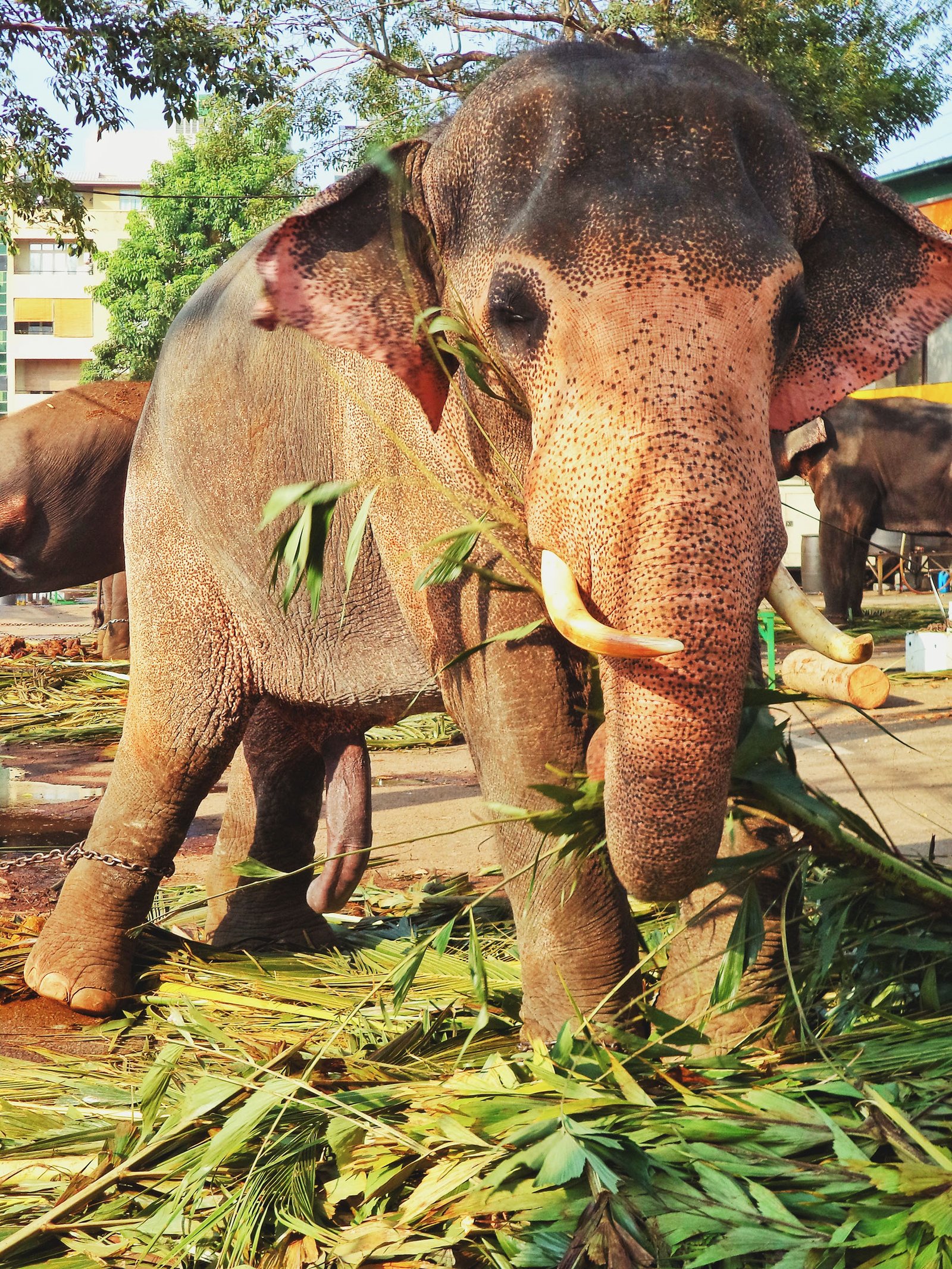Sri Lanka's Gateway to the World
Colombo, the bustling capital city of Sri Lanka, is a vibrant metropolis that reflects the country's rich heritage and modern aspirations. As the largest city in Sri Lanka, it serves as a primary gateway for visitors arriving in the nation, making it an essential starting point for exploring the diverse offerings of the island. This coastal city is steeped in history, woven through a tapestry of colonial architecture, ancient temples, and bustling marketplaces that narrate the stories of its past.
Historically significant, Colombo has been a vital trading port since ancient times, facilitating commerce among various cultures and communities. Its strategic location along the trade routes between East and West has enriched it with cultural diversity, cultivating a melting pot of traditions, religions, and languages. This cultural confluence is vividly evident in the city's vibrant festivals, culinary delights, and art scenes, making it a unique destination for travelers seeking to experience the essence of Sri Lanka.
The city is not only a historical hub but also an economic powerhouse. Colombo plays a crucial role in the national economy as a center for trade, finance, and tourism. The presence of numerous corporate headquarters, banks, and multinational companies highlights its significance as a commercial center. Moreover, the city's developing infrastructure and connectivity enhance its appeal, attracting an increasing number of tourists each year.
Highlights
Colombo Attractions

The Elephants of Colombo
Elephants hold a significant place in Sri Lankan culture, symbolizing strength, wisdom, and dignity. They are deeply intertwined with the island’s history and traditions, often appearing in various forms of art, literature, and rituals. Throughout the ages, these majestic creatures have not only been valued for their physical prowess and utility in agriculture but have also gained a revered status in religious and cultural narratives. The Pinnawala Elephant Orphanage, established in 1975, is one of the most celebrated wildlife attractions near Colombo, Sri Lanka. Founded as a sanctuary for abandoned and injured elephants, it illustrates a significant commitment to elephant conservation.

Galle Face Green
Galle Face Green is an iconic promenade that stretches along the coast of Colombo, Sri Lanka, serving as a vibrant hub for both locals and tourists alike. Established in 1859 by the British Governor of Ceylon, Sir Henry ward, Galle Face Green has evolved from a recreational park for the elite into a bustling venue that welcomes individuals of all backgrounds. This scenic stretch, measuring approximately five hundred meters, offers an inviting interface with the Indian Ocean, making it a popular gathering spot and a visual landmark in the city.

The National Museum of Sri Lanka
The National Museum of Sri Lanka, established in 1877, stands as Sri Lanka's premier repository of heritage, showcasing the rich tapestry of the nation's history. As the largest museum in the country, it houses a vast collection that spans a wide array of historical artifacts, artistic creations, and culturally significant items. The museum's extensive exhibits encompass diverse themes, illustrating the evolution of Sri Lankan civilization from ancient times to the present day. One of the museum's remarkable highlights is its architectural grandeur. Designed by the British architect J. M. W. Turner, the building integrates neo-baroque and Indo-Saracenic architectural styles, creating an aesthetically pleasing environment that draws visitors from around the world. The expansive galleries within the museum are thoughtfully organized, allowing guests to navigate through the various exhibitions effortlessly. A visit to the National Museum offers a unique opportunity to engage with Sri Lankan heritage through an immersive experience.
